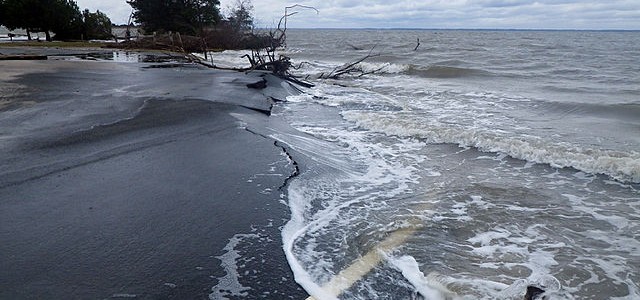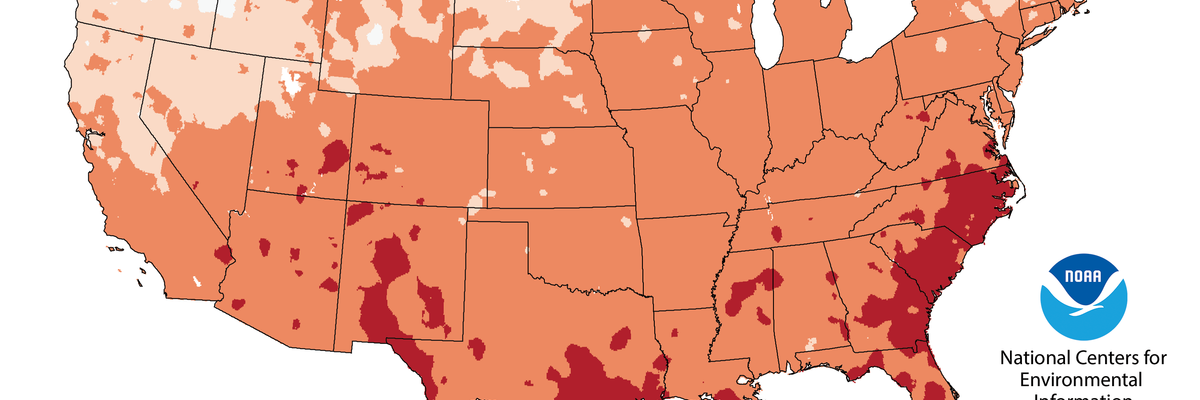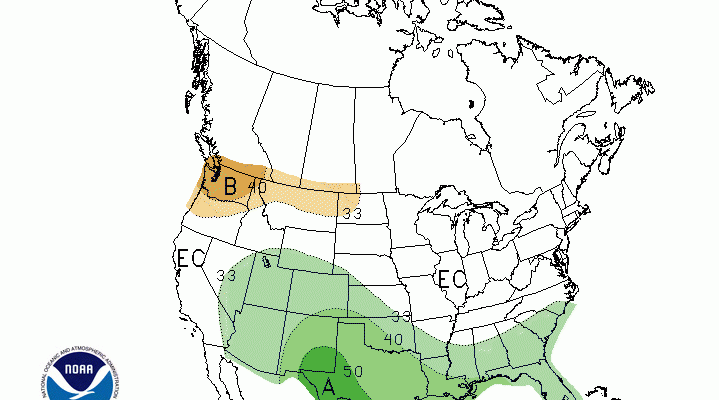Uncategorized
-

According to a recent New York Times article, a recent study in Geophysical Research Letters has shown that sea levels in parts of the Southeast are rising at six times the global average rise. Scientists have proposed a new mechanism for this oddity: Two large-scale atmospheric patterns had intersected to push up the water off the…
-

NOAA released the national climate summary for July 2017 this week. It shows that this July was the 10th warmest in 123 years of record for the US. The year to date average temperature is the second warmest on record after 2012 at this time of year. It is also the seventh wettest year to…
-

The final Colorado State University hurricane forecast for this year’s Atlantic season was issued this week. It shows a continuation of expected above average numbers, really not much change from their earlier season forecast. Warm water in the Atlantic has passed the 80 F threshold needed for storms to form in many parts of the…
-

Did you know that an eclipse that passed through the Southeast in 1900 helped scientists understand how weather is affected by the blocking of sunlight during the eclipse? Here is a great story about how they picked the spot to observe it and what they found from the National Centers for Environmental Information: https://www.ncei.noaa.gov/news/1900-total-solar-eclipse.
-

For those of you who like to look at weather that is more than just local, here is a story about some Spanish meteorologists who are providing information on current Mars weather conditions. While they don’t do it every day, they are allowing us on Earth to learn more about the Martian atmosphere from the…
-

The latest outlook for August 2017 from the end of July shows equal changes for near, above or below normal temperatures for everywhere in the Southeast except for southern Florida, which leans towards warmer conditions. There is a moderate increase in the chances for above normal rainfall in most of the Southeast.
-

With just a few weeks of summer to go, you are probably thinking about hitting the beach one last time. If you need some reading material to go with your sun and fun, here is a list of books in the climate fiction genre (“cli-fi”) that are set in future climate conditions that you might…